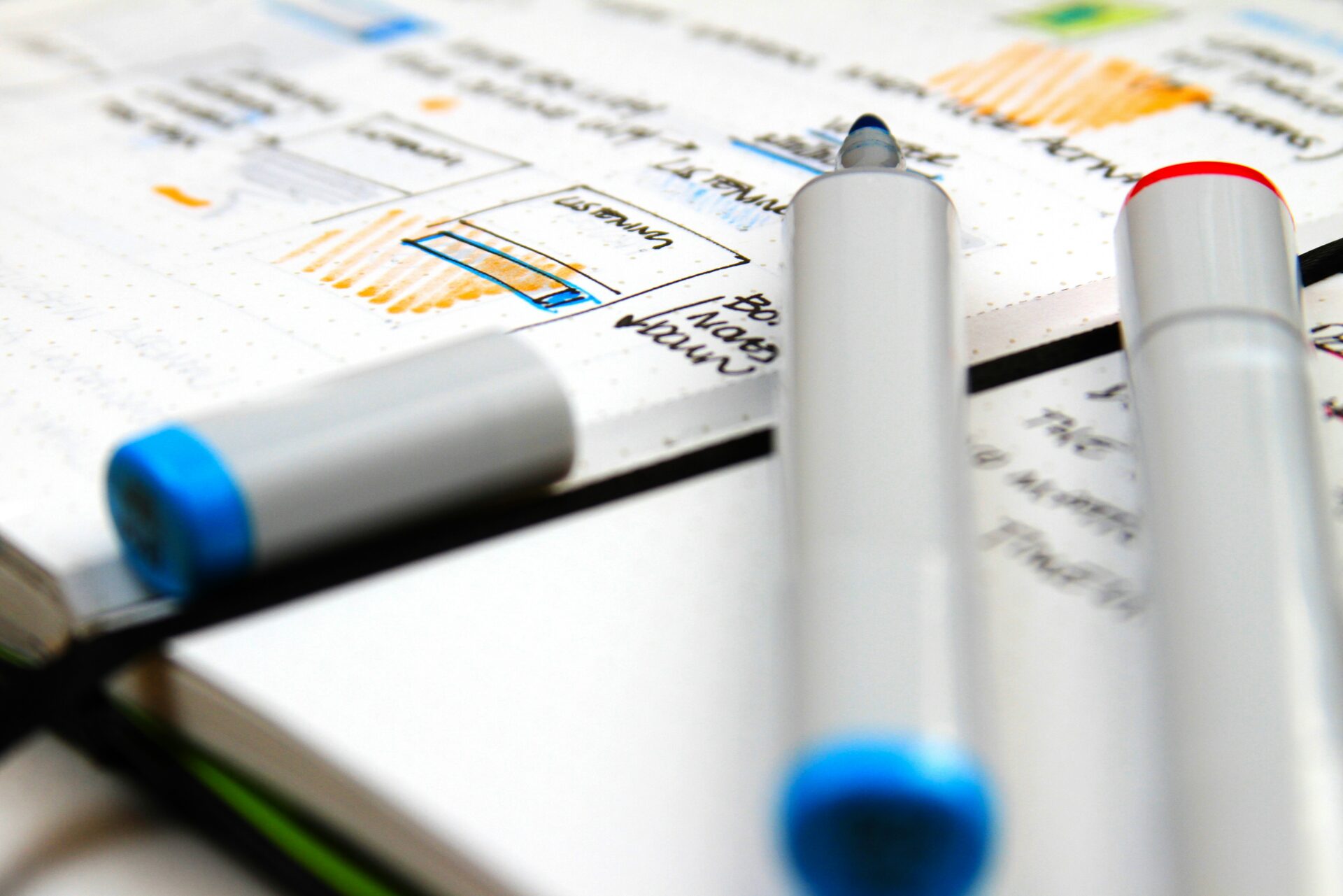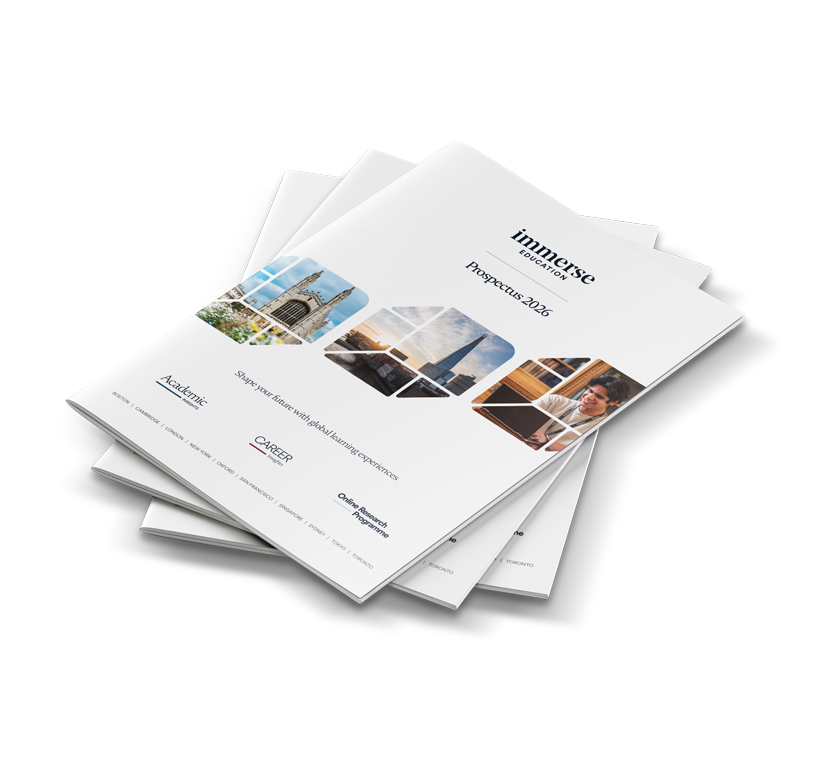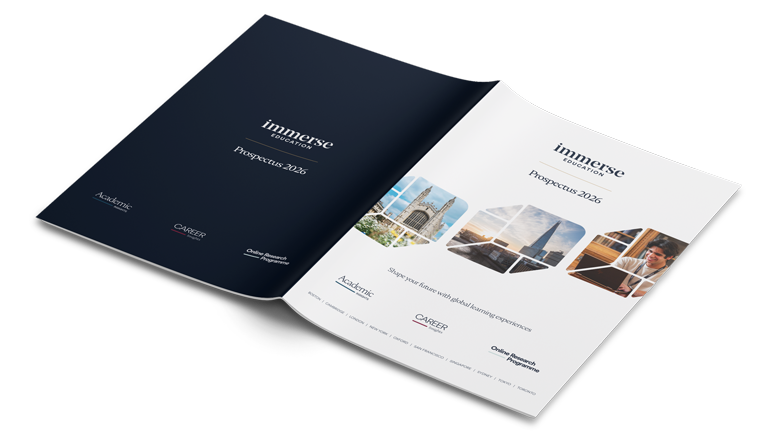Effective exam preparation starts long before you enter the exam hall. It begins with understanding your subjects and creating a strong foundation of knowledge. One of the most reliable ways to do this is by writing detailed and well-structured revision notes. Good revision notes not only help you memorise content, but also allow you to process and organise complex information in a way that suits your learning style.
Instead of relying solely on last-minute cramming, using revision notes lets you review content over time, spot weak areas early, and approach exams with confidence. Plus, once you have a full set of notes, you’ll find revision becomes quicker and more focused. You can use them for active recall, timed testing, and group study. If you’re serious about exam success, your first step should be mastering the art of writing effective revision notes.
How to Create Effective Revision Notes: A Student’s Guide
So how do you actually make revision notes that are useful and easy to revise from? The best revision notes aren’t just word-for-word copies of your textbook or class slides. They’re a personalised, condensed version of everything you need to know, written in a way that makes sense to you.
Your goal is to produce a set of notes that you can look over weeks or even months later and immediately understand the main ideas, formulas, or processes. The layout, structure, and revision methods you use should help you learn—so don’t be afraid to experiment with different revision layout styles or revision notes ideas until you find what works.
Before diving into the step-by-step process, keep in mind: the act of making the notes is just as valuable as the notes themselves. Writing, condensing, and organising your learning helps lock it into your memory.
Top Tips for Writing Useful Revision Notes
1. Use the Syllabus as Your Guide
Your syllabus is your best friend. It tells you exactly what topics and subtopics you’ll be tested on. Use it as a checklist and structure your revision layout around it. Highlight sections as you complete them in your notes to track progress, and aim to create notes on every syllabus point
2. Write in Your Own Words
Paraphrasing content helps you understand it. Don’t just copy what’s on the slide or in the book—explain it as if you’re teaching someone else. That process forces you to think critically and truly understand what you’re learning. A good rule of thumb is to try and make the sentence at least a few words shorter – usually that will force you to find your own unique way of explaining something.
3. Keep Notes Concise and Organised
Avoid huge blocks of text. Use bullet points, diagrams, flowcharts, and colour-coded headings to break up information. This not only improves your revision layout, but also makes it easier to find key points when you’re reviewing later.
4. Use Visual Revision Notes Ideas
Some facts just make more sense as a diagram – think how tectonic plates move or labelled organs. If you’re a visual learner, mind maps, timelines, and labelled diagrams can be especially helpful as you grasp complex topics. For subjects like history, science, or geography, diagrams can be essential for showing processes or cause-and-effect relationships.
5. Include Definitions, Examples, and Key Facts
Good revision notes cover not just theory, but also applications. Definitions, formulas, examples, case studies, and past paper references all help reinforce your understanding. Leave space in your notes for adding new examples as you learn. This might look like a labelled cell next to bullet points outlining a full-mark essay answer about cell function.
6. Colour-Code and Highlight
Using colour helps your brain group and remember information. You might highlight all definitions in yellow, key dates in blue, and formulas in green. Consistent colour-coding makes skimming your revision notes quicker.
7. Leave Space for Additions and Questions
Your understanding will grow over time. Leave space in your revision layout to jot down extra points, corrections, or questions for your teacher. Notes shouldn’t be static—update them as you go.
Example of Well-Written Revision Notes
Let’s take a look at an example of how to structure revision notes for a topic in GCSE Biology. This sample shows a clear revision layout that makes the content easy to review and understand.
GCSE Biology: Photosynthesis
Topic: Photosynthesis
Syllabus Point: Understand the process of photosynthesis and its importance in the ecosystem.
Definition:
Photosynthesis is the process by which green plants and some other organisms use sunlight to synthesise nutrients from carbon dioxide and water.
Word Equation:
Carbon dioxide + Water → Glucose + Oxygen
(in the presence of sunlight and chlorophyll)*
Chemical Equation:
6CO₂ + 6H₂O → C₆H₁₂O₆ + 6O₂
Where it Happens:
- Occurs in the chloroplasts of plant cells…
- Where *chlorophyll captures light energy.
Factors Affecting Rate of Photosynthesis:
- Light intensity
- Carbon dioxide concentration
- Temperature
Experiments:
- Testing a leaf for starch (using iodine solution).
- Control variables to isolate impact of light, CO2, or temperature.
Importance:
- Provides oxygen for respiration
- Basis of food chains
- Removes CO₂ from the atmosphere
Past Paper Tip:
If a question asks for the “importance” of photosynthesis, remember to mention oxygen, food chains, and carbon dioxide.
Diagram to Include:
Labelled diagram of a leaf showing chloroplasts, stomata, and vascular bundles.
This is just one example, but notice how it uses several strong revision notes ideas:
- Bullet points keep content readable
- Keywords and formulas are clear
- Layout follows the syllabus point
- There’s a mix of theory and application
If you’re looking to create your own revision notes, this structure works across subjects. You can adapt it for history timelines, physics equations, or literature themes.
Revision Notes Ideas and Formats That Work
Everyone learns differently, so your perfect revision layout might look totally different from someone else’s. Here are a few popular formats and revision notes ideas to help you experiment:
1. Mind Maps
Great for showing how different ideas connect. Start with a central concept and branch out with related facts, keywords, or dates. Perfect for subjects like psychology, geography, or literature.
2. Flashcards
Ideal for definitions, equations, and quick recall. Use apps like Anki or Quizlet, or go old-school with index cards. Use spaced repetition for best results.
3. Cornell Notes
Divide your page into three sections: notes, cues, and summary. This format encourages you to process and reflect on what you’ve written, helping long-term memory.
4. Flowcharts and Timelines
Useful for showing processes (like the carbon cycle) or historical events in order. These help you visualise sequences and cause-effect relationships.
5. Question-Based Notes
Frame each section of your revision around a question (e.g. “What causes inflation?” or “How does mitosis differ from meiosis?”). This gets you thinking in terms of exam questions and promotes active recall.
6. Annotated Diagrams
Especially useful in sciences. Don’t just copy the textbook—draw and label diagrams in your own style. Add colour and key facts around the edges.
7. Topic Grids or Comparison Tables
When you need to compare ideas (like socialism vs capitalism), use a grid format to lay them side-by-side. This saves space and helps with clarity.
Join the Immerse Education 2025 Essay Competition
Follow the instructions to write and submit your best essay for a chance to be awarded a 100% scholarship.

Final Thoughts: Why Revision Notes Are Worth the Effort
It might take time to build your full set of revision notes, but the effort is more than worth it. You’re not just preparing for one exam—you’re creating a resource that can support you throughout the year. Good revision notes reduce stress, make your revision time more effective, and give you a clearer picture of what you know (and what you need to work on).
By using creative revision notes ideas, experimenting with different revision layouts, and sticking to a system that matches your learning style, you’ll set yourself up for success. Start early, be consistent, and remember: your notes are your secret weapon.

























